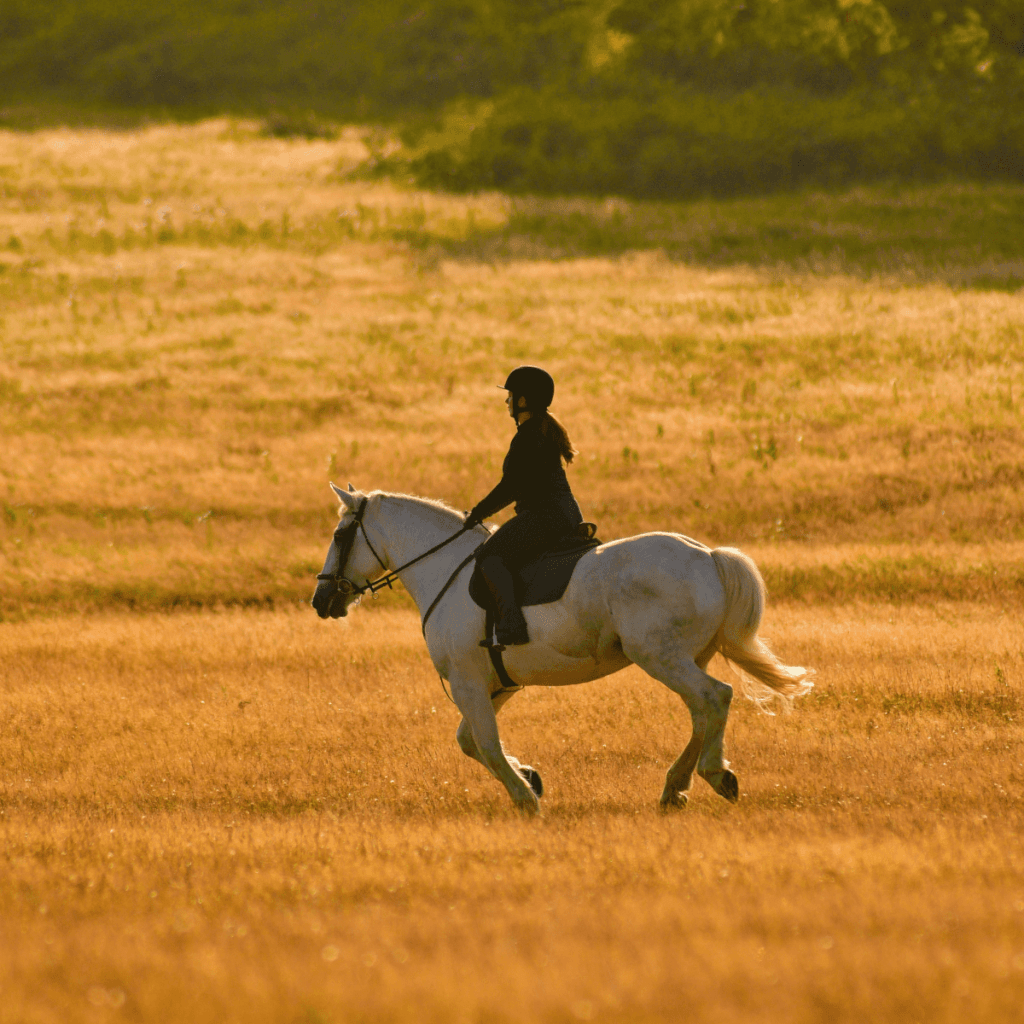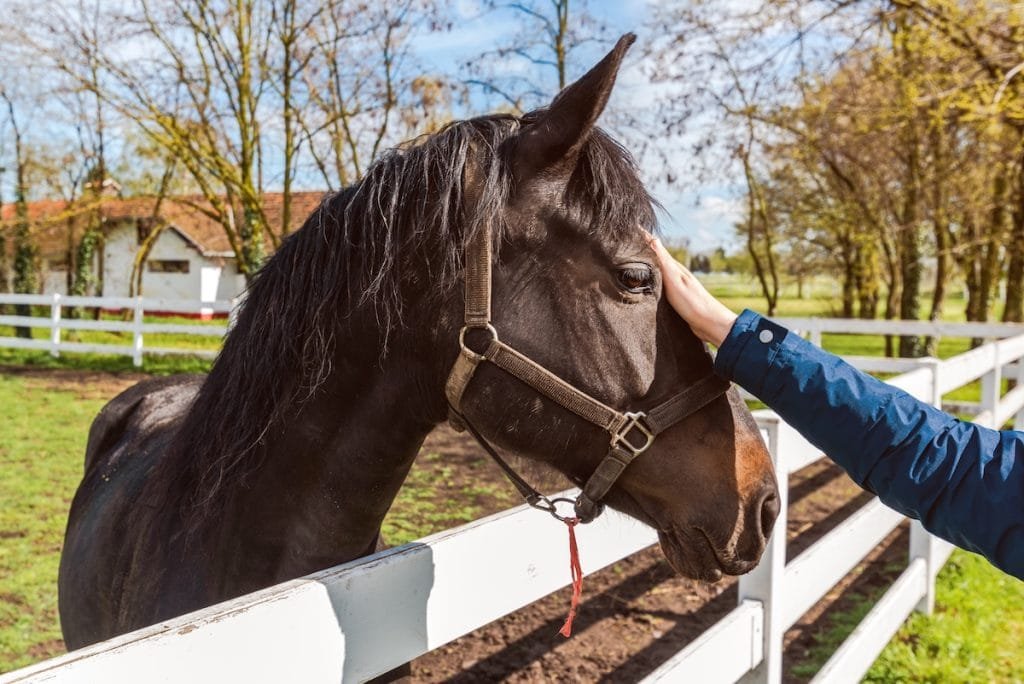Essential kits and equipment are necessary to ensure safety, comfort, and effective communication with the horse
Proper equipment is essential for horse riding to ensure safety, comfort, and effective communication between rider and horse. A riding helmet protects against head injuries, while boots with heels prevent feet from slipping through stirrups. Breeches or jodhpurs provide flexibility, and gloves offer grip and protection. The saddle, saddle pad, stirrups, girth, and bridle create a stable and secure riding experience. Optional gear like crops, vests, and grooming supplies further enhance safety, performance, and horse care, making the right equipment crucial for an enjoyable riding experience.
Rider Equipment
- Riding Helmet: Protects your head in case of falls or kicks.
- Riding Boots: Boots with a heel to keep your feet secure in the stirrups.
- Breeches or Jodhpurs: Comfortable pants for riding.
- Riding Gloves: Protect your hands and improve grip on the reins.
- Saddle: Provides a comfortable seat for you and stability for the ride.
- Saddle Pad or Blanket (Numnah): Cushions the saddle and protects the horse’s back.
- Stirrups: Holds your feet while riding.
- Girth or Cinch: Secures the saddle around the horse’s belly.
- Bit and Bridle: Allows you to communicate with the horse through the reins.
- Breeches or jodhpurs
Jodhpurs are often absolutely fine if you are starting out riding, they are made of a softer fabric than breeches and are a good introduction into riding trousers. Breeches fit a little more snugly and are made from a grippy fabric to allow your legs to be more secure in the saddle.
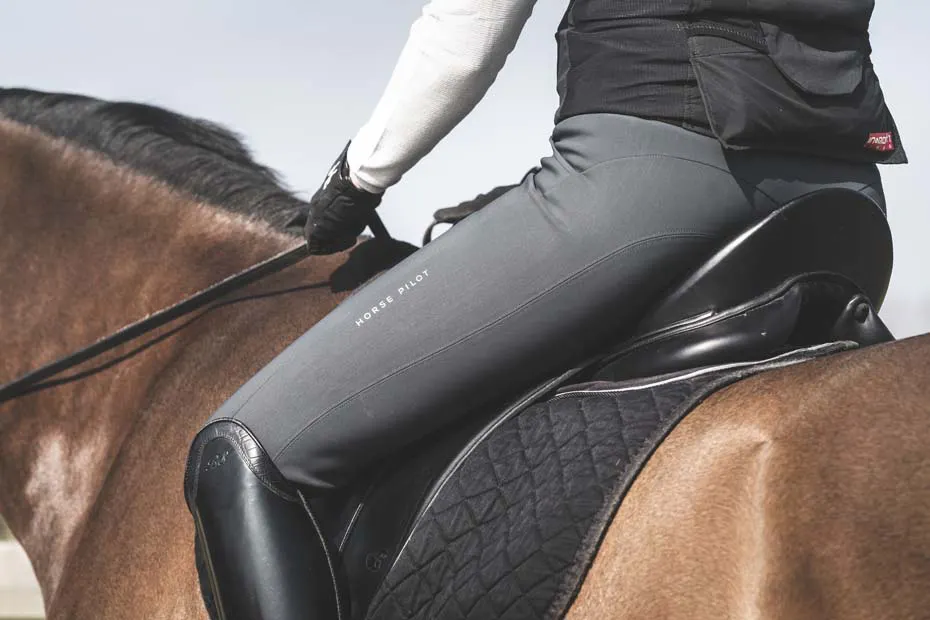
2.Riding boots (long or short)
A good pair of riding boots is essential for any equestrian, and the length you choose is entirely a personal preference. They have a small heel and lightly textured sole to help keep your foot safely in the stirrup, and stop your foot sliding through. Tall boots tend to be worn more for competitions as they are smarter than boots and chaps combined, and they also help keep the saddle from pinching your lower leg.
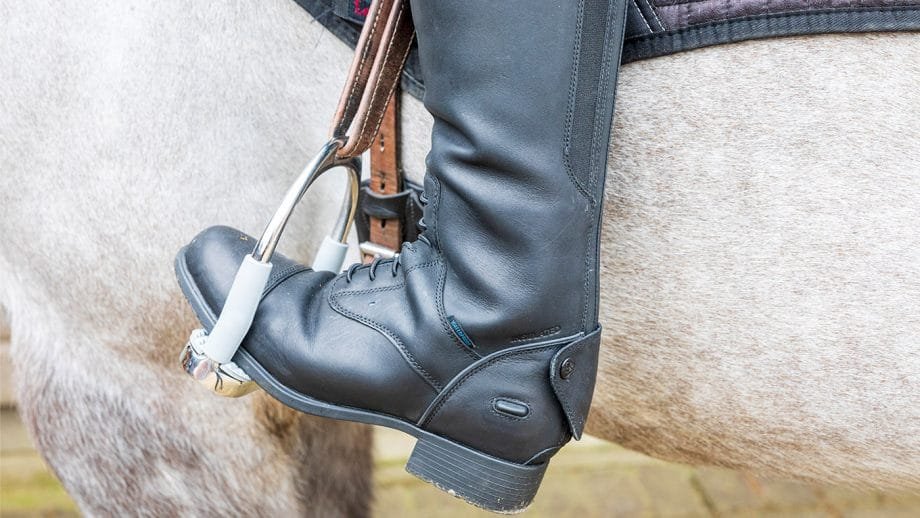
3.Riding hat
A riding hat is a non-negotiable piece of equipment for horse riders, no matter what level you are riding at. It should be specifically designed for horse riding too, as this will ensure it has the safety technology to keep your head protected should you fall off. It is really important that your riding hat fits properly too, so triple check the size you need before purchasing.
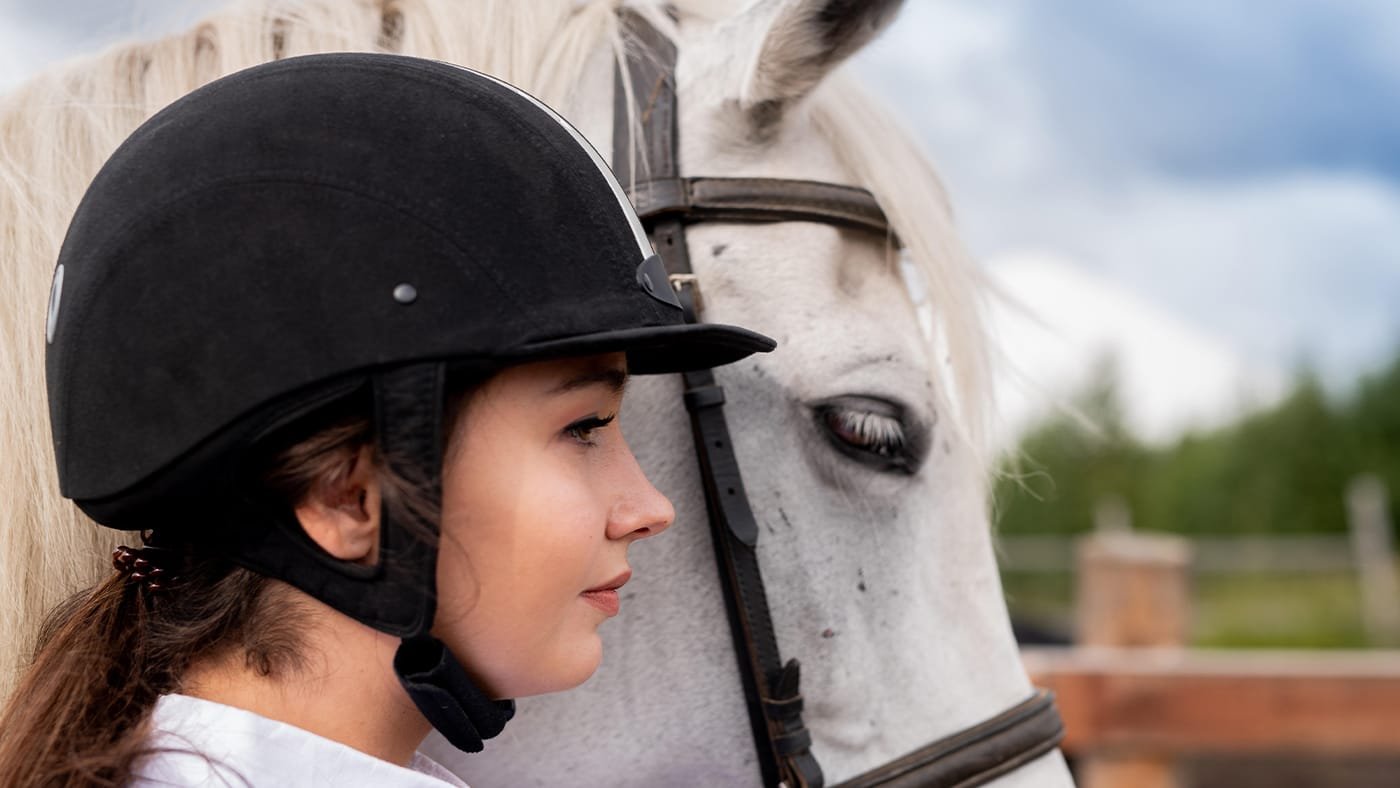
4.Body protector
A body protector is a great piece of equipment to have, as it provides you with extra protection in case you fall off. There are lots of different types of body protector, again it comes down to personal preference. Air jackets are also very popular in the equestrian world as these are more lightweight and only expand if the rider exits the saddle with force.
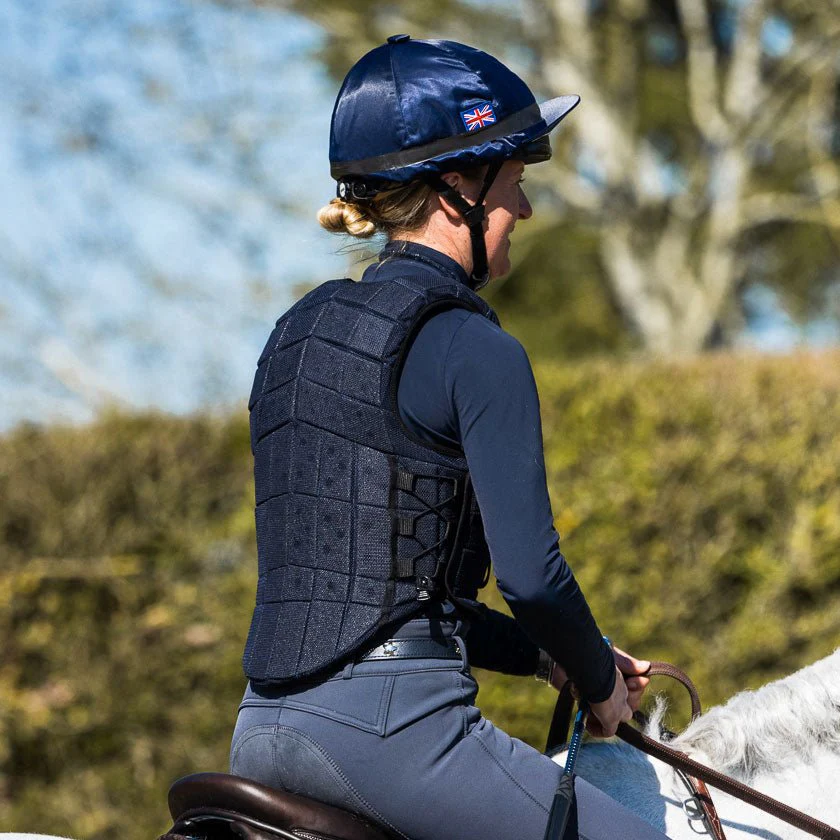
Optional Equipment:
- Riding Crop or Whip: Used for cues and encouragement.
- Martingale: Helps control head position in some disciplines.
- Half Chaps or Chaps: Protects and provides extra grip for your legs.
- Spurs: Advanced tool for refining leg aids.
- Riding Vest or Body Protector: Offers additional safety, especially for jumping.
Grooming and Care Equipment:
- Grooming Kit: Brushes, combs, hoof picks, and mitts to keep the horse clean.
- Tack Cleaning Supplies: Keeps leather gear in good condition.
- First Aid Kit: Essential for both horse and rider.
- Stable Equipment: Tools for managing the horse’s environment.
Additional Tips:
- Apparel: Dress appropriately for weather and comfort.
- Horse Care: Understand basic care needs for your horse’s health and well-being.


